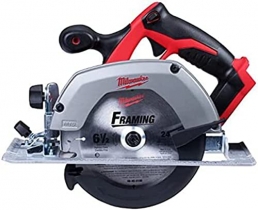-
Welcome to Tacoma World!
You are currently viewing as a guest! To get full-access, you need to register for a FREE account.
As a registered member, you’ll be able to:- Participate in all Tacoma discussion topics
- Communicate privately with other Tacoma owners from around the world
- Post your own photos in our Members Gallery
- Access all special features of the site
What is Opti-Coat Pro and How is it Different from other Ceramic Protective Coatings?
Discussion in 'Detailing' started by Mr. Sparkle, Mar 14, 2016.


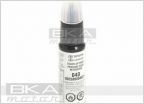 Wanted: Super White Touch-Up Paint
Wanted: Super White Touch-Up Paint Dead Paint
Dead Paint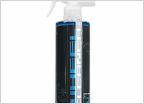 Pro Sema wheels-cleaning
Pro Sema wheels-cleaning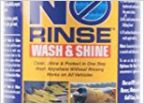 Anyone use a Waterless Wash Method?
Anyone use a Waterless Wash Method?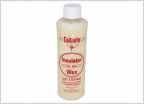 Cleaning Wheels Help!!!
Cleaning Wheels Help!!!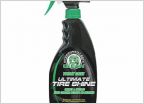 Best tire black??
Best tire black??